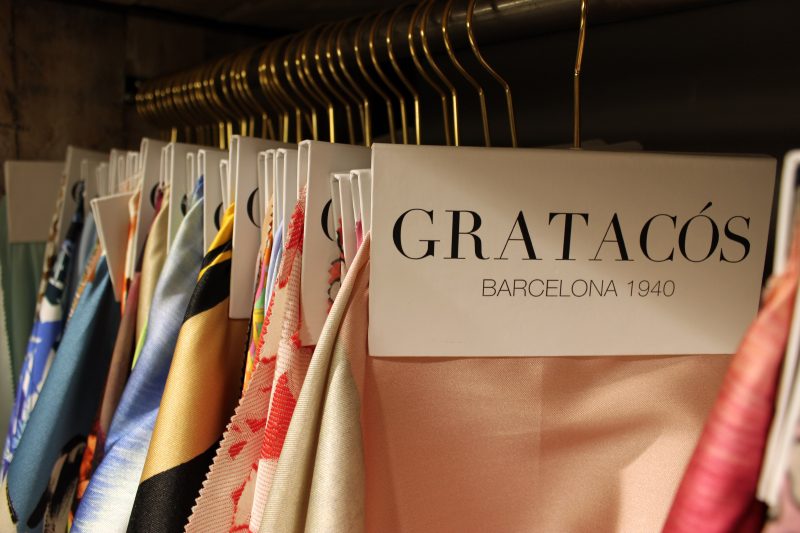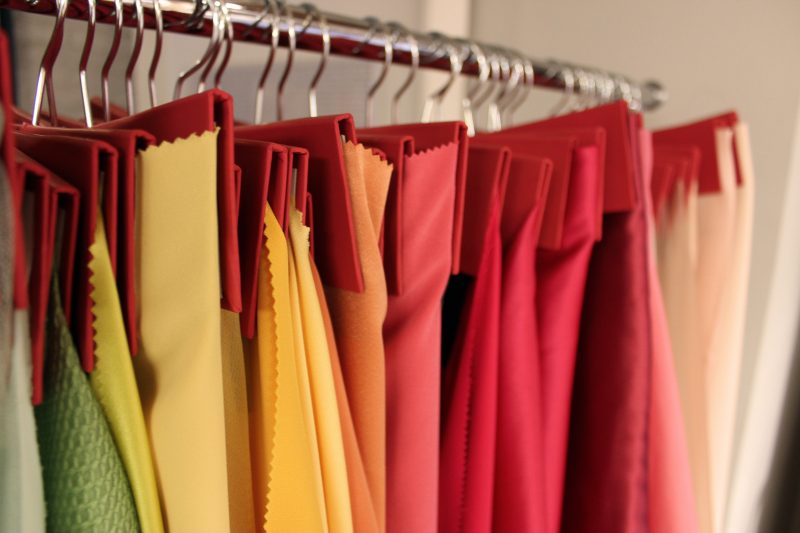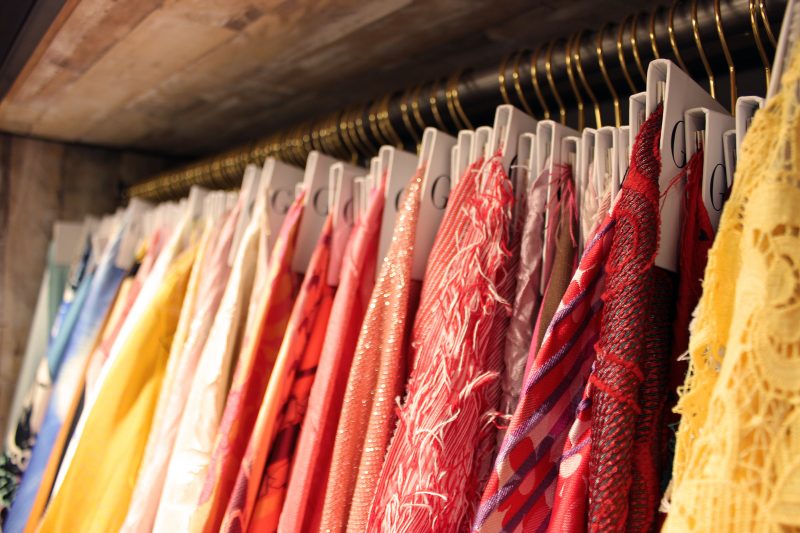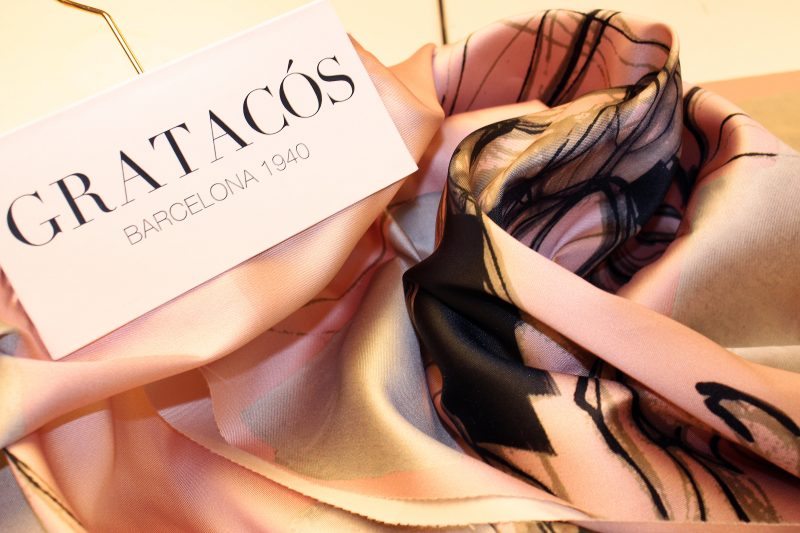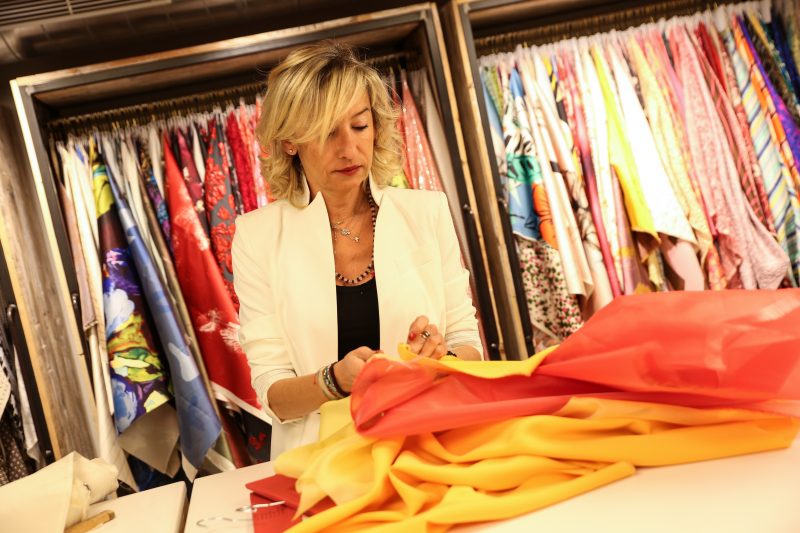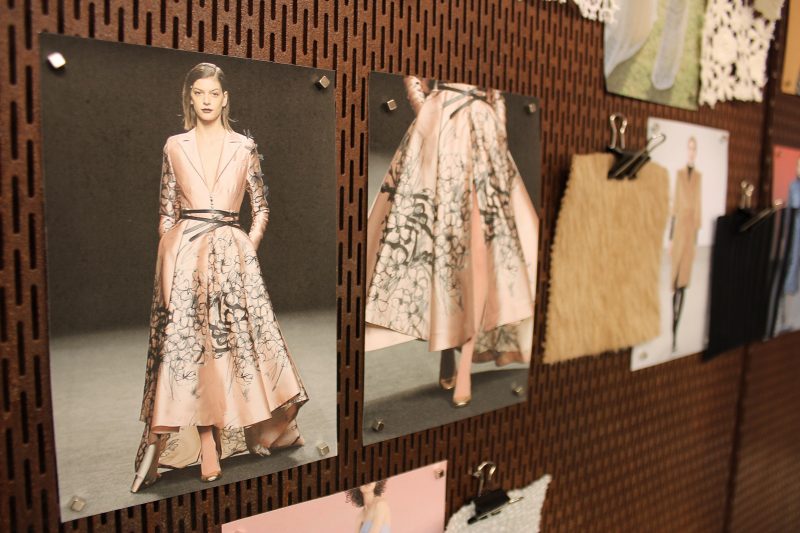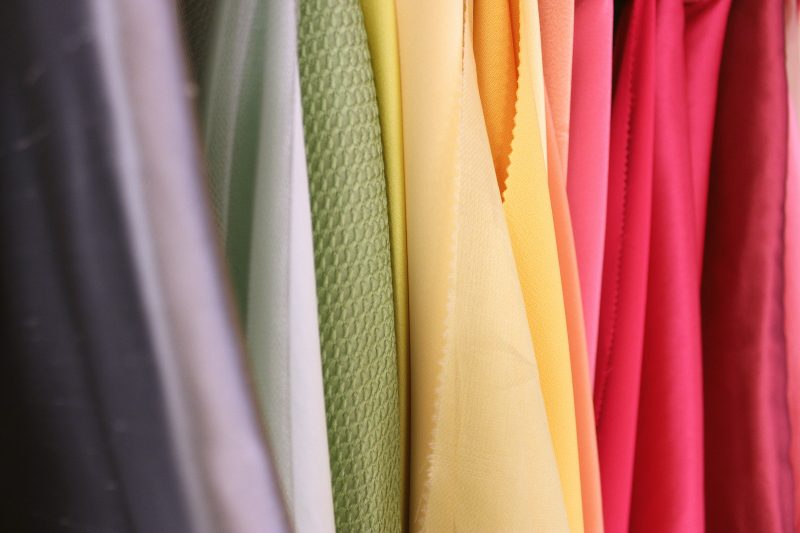(Español) Designers Fashion Experiences: Celia Vela
Designers Fashion Experiences: Francis Montesinos
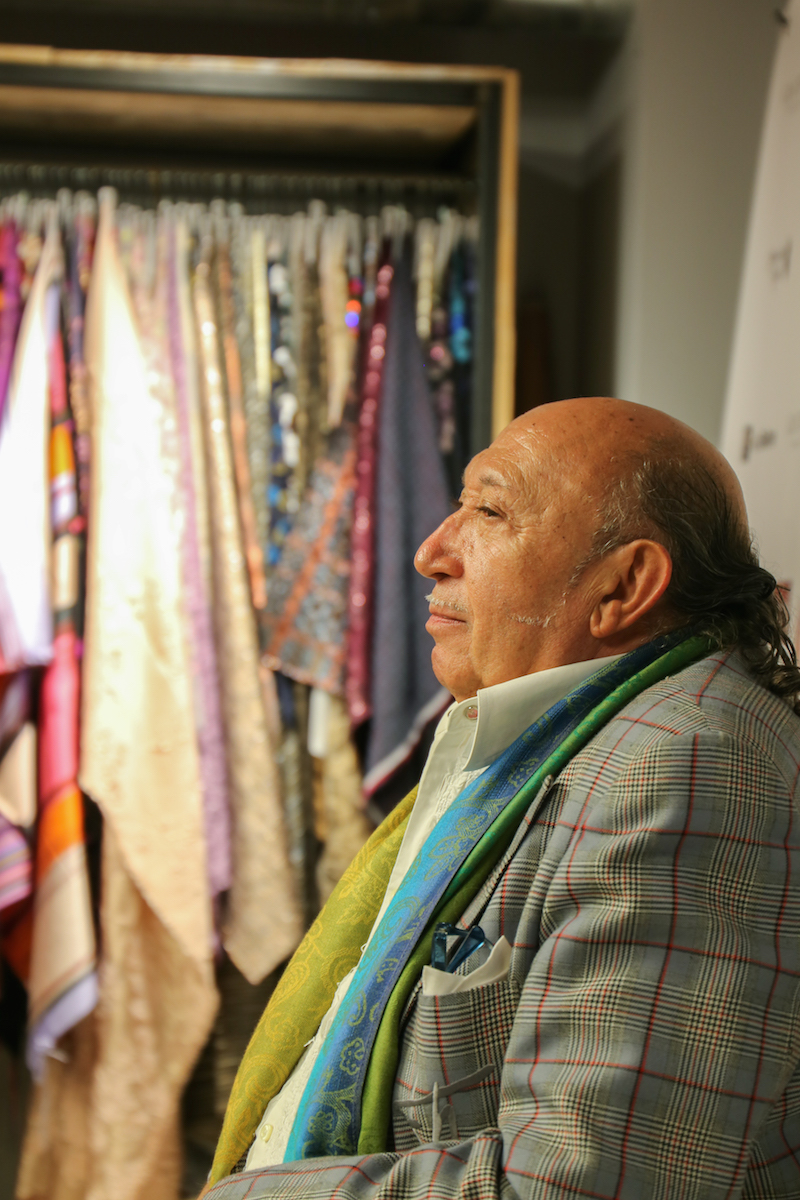
After the valuable teaching imparted by Alejandro Resta and Núria Sarda, this month one of the big needles has come by the Gratacós space : Francis Montesinos. The popular Valencian designer took over the show in the third presentation organized by the initiative Designers Fashion Experiences for the second year running during the autumn months . With a casual language, some humour and a rich portfolio of anecdotes that review his extensive career in the sector, Montesinos knew how to win the love of the public (students and lovers of fashion in general) who did not hesitate to write down the advice and learn from the ins and outs of his professional career.
We review some of the questions from the interview as well as their answers. For even more detail you can read the information on the website Designers Fashion Experiences.
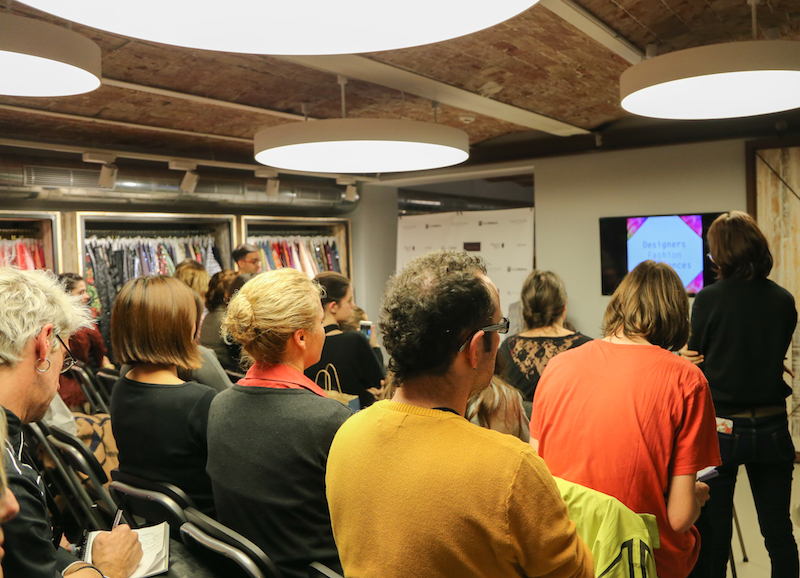
How does Francis Montesinos understand fashion?
Fashion is my way of life. I started when I was very young, when I was about 14 years old, I began to know it existed and I was already browsing to find out more about it. At 15, I started creating clothes. At that time I had a girlfriend and I made her clothes: I went to the fabric stores, I looked at the magazines … I discovered how things were done like a collar or sleeves. Without realizing it, I learned the first part of fashion, a part that is not real but wonderful.
Remind us of those beginnings after that first phase and, how was the sector in the 70s?
At that time there was nothing in Valencia and in 1974 I came to Barcelona. I have to add that everything I had learned did not help me at all. I remember that I started in the industrial area of Barcelona and that’s where I set up my first workshop. I was very lucky because I lived a moment of change, of transition between haute couture and prêt porter -A- and I could count on the expertise of the pattern makers . In 1984, I went to Madrid, where the Madrid movement started, but in fact it was also made up of designers from all over Spain. Also to mention that I lived the hippie movement in Spain that also influenced my collections. That’s why I tell you that I’ve had the good fortune to experience two great changes in fashion and learn from them.
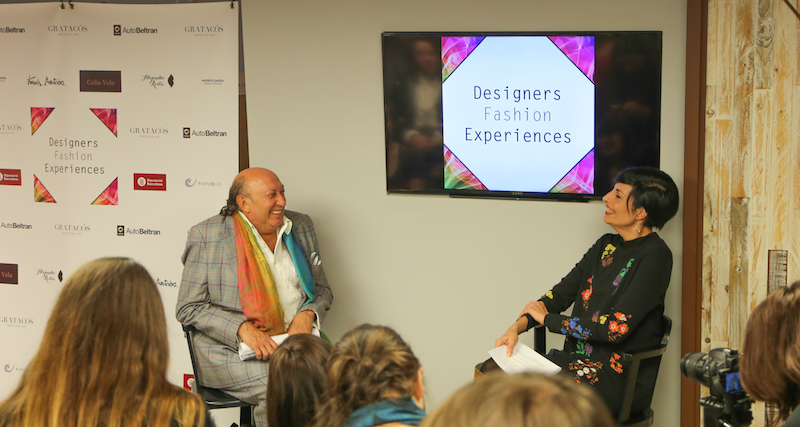
“The Madrid movement and hippie movement have influenced my designs”
What is the value and importance of the fabrics?
At that time I liked fabrics a lot, like I do today. I remember going to markets to touch the fabrics, to feel their shape and to imagine what I would do with them. It was as if the fabric was telling me what to do with it, not the other way around. That is why I always say the same thing: it is very important to touch a fabric, appreciate it and know what you will do with it. Personally, I like natural and organic fabrics like cottons, silks, wool … I think they are more authentic.
What values would you like to transmit to the new generations?
Perseverance. I think you do not have to get tired of yourself, you have to learn to turn things around, to do new things without losing the signs of identity that is the most important thing in your career. In my case, prints with unique colors identify my work. In this profession you also have to be fast and patient at the same time and it is very difficult to achieve both simultaneously.
Francis Montesinos will have experienced some failure …
Yes. In the whole of my career I only decided to close once because of a mistake in the past in the registration of the brand that got me into debt financially and damaged my creativity, but then fortunately I saw that it was nonsense and I decided to fight. I promised myself that I would get back up, and I did.
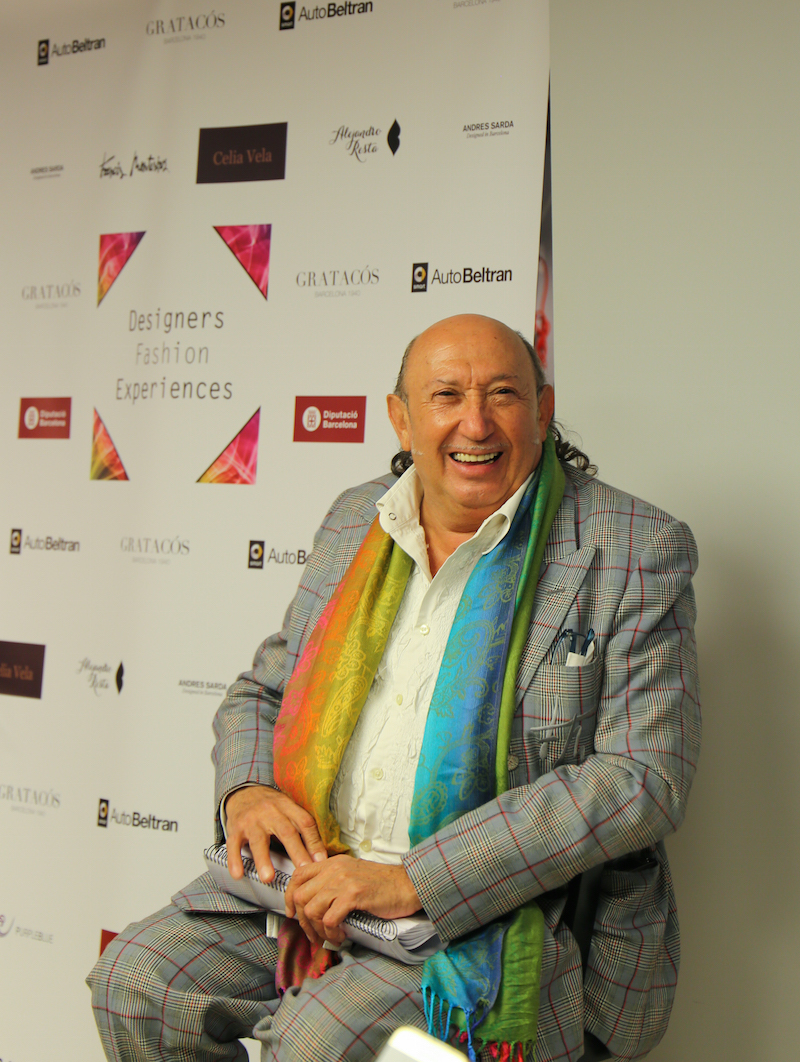
“It is very important to touch a fabric, appreciate it and know what you will do with it”
What are the keys to success in each parade? It is the work of a team that is exposed in just a few minutes…
I am one of the few who do everything. I want to say that I do not let anyone put the music on, the lights, the outfits … Now I do not get as nervous as before because I have a team of young people who know how to do everything.
What is the importance of interpreting a design? The work of the designers and seamstresses …
I remember Mrs. Concha, who was the head of the workshop, she had the upmost patience to make me see how important her profession was because I gave more importance to design than to the production. From this I learned a valuable lesson: the day you find a pattern maker, treat her with love because they are worth gold.
How do you deal with the ego?
I have never thought about being famous. Never in my life. I have always thought that I like this profession and that I want to learn from it every day. I enjoy my profession and thats it.
What is your best design?
The best design I’ve done is the one I have not done yet because once I’ve made a design I do not like it anymore. I mean, once I created it, it has lost the mystery. I’m passionate about doing something new.
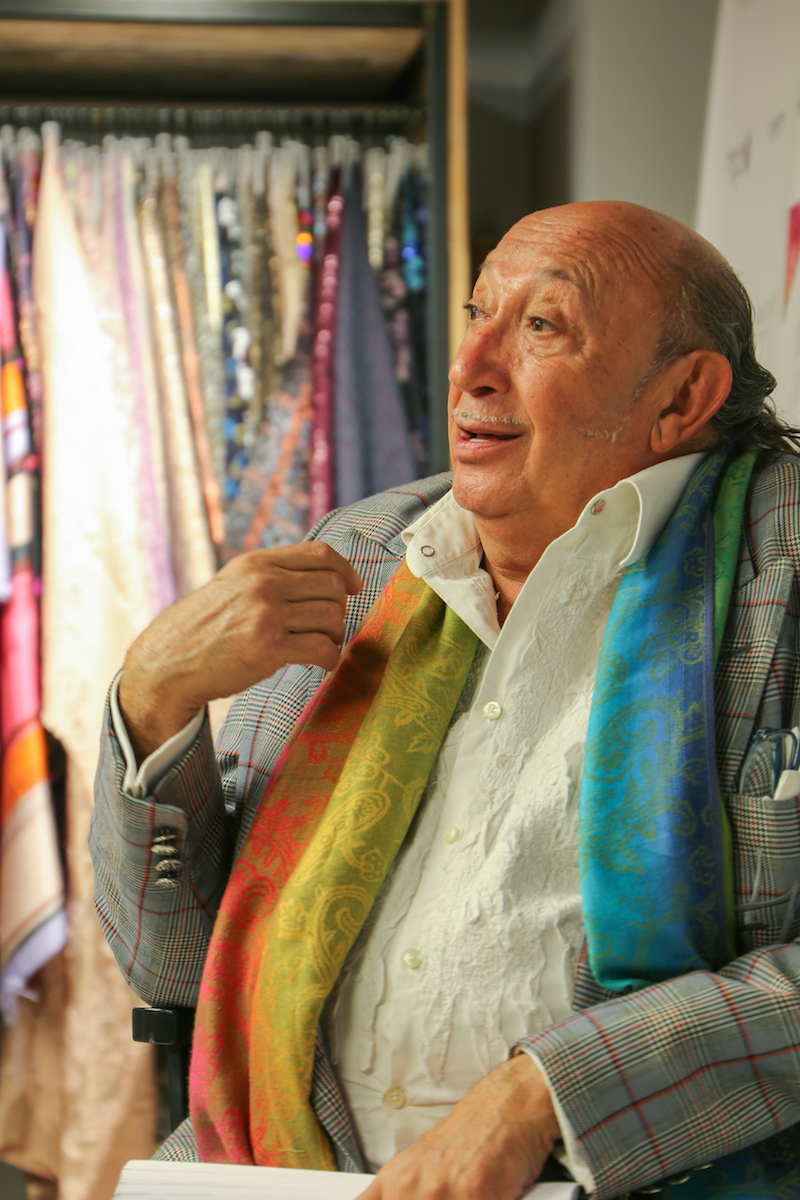
“I have never thought about being famous”
Who would you like to dress up?
I ‘ve already said it on previous occasions that I like to undress more than dress -he laughs-. I believe that there must be a communion between the brand and the client . If you do not like it, you will not wear the dress, that is obvious.
And finally, tell us about the business. How to survive?
The textile business has always been very problematic and the “rag” is what gives you the least money. There are other aspects that are more profitable, such as designing a pair of glasses, a mobile phone … You have to try to work your way up bit by bit.

Designers Fashion Experiences: Núria Sardà
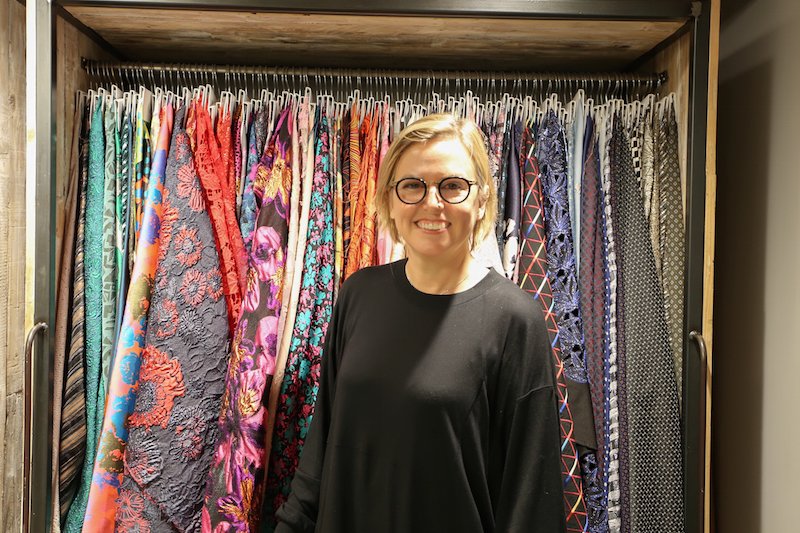
Last week we had the pleasure of welcoming to Gratacós Núria Sardà, designer for the women ‘s lingerie company, Andres Sarda. Nuria has continued the legacy of her father by maintaining the essence of the brand, one that combines sophistication, elegance and femininity with soft linen garments, lightweight shapes and fascinating colours that embellish every woman’s body. Within the framework of the conference Designers Fashion Experiences Nuria explained to those present the keys to success, which also deal with the adaptation and evolution of the brand to the new demands of the market. She left them with some valuable advice.
We interviewed Núria Sardà to learn about some of her concerns. Remember that you can recover the conversation we had last week on the website of Designers Fashion Experiences.
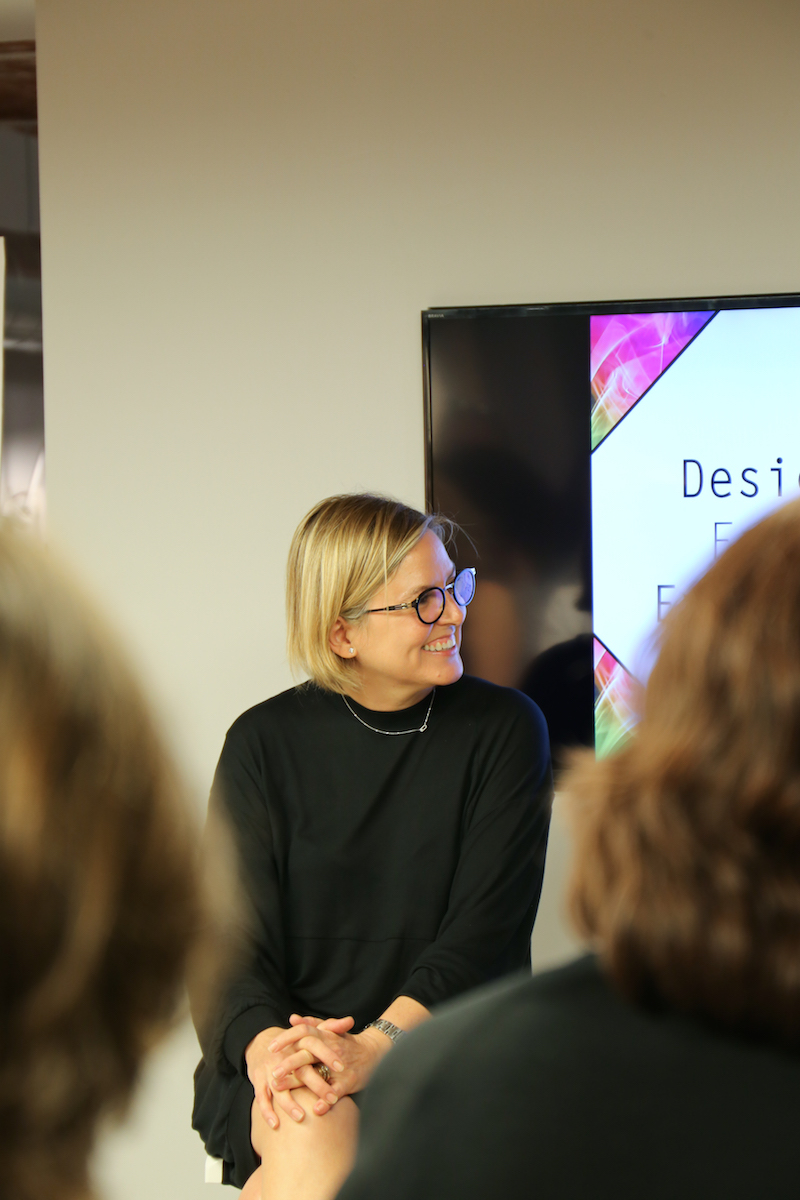 |
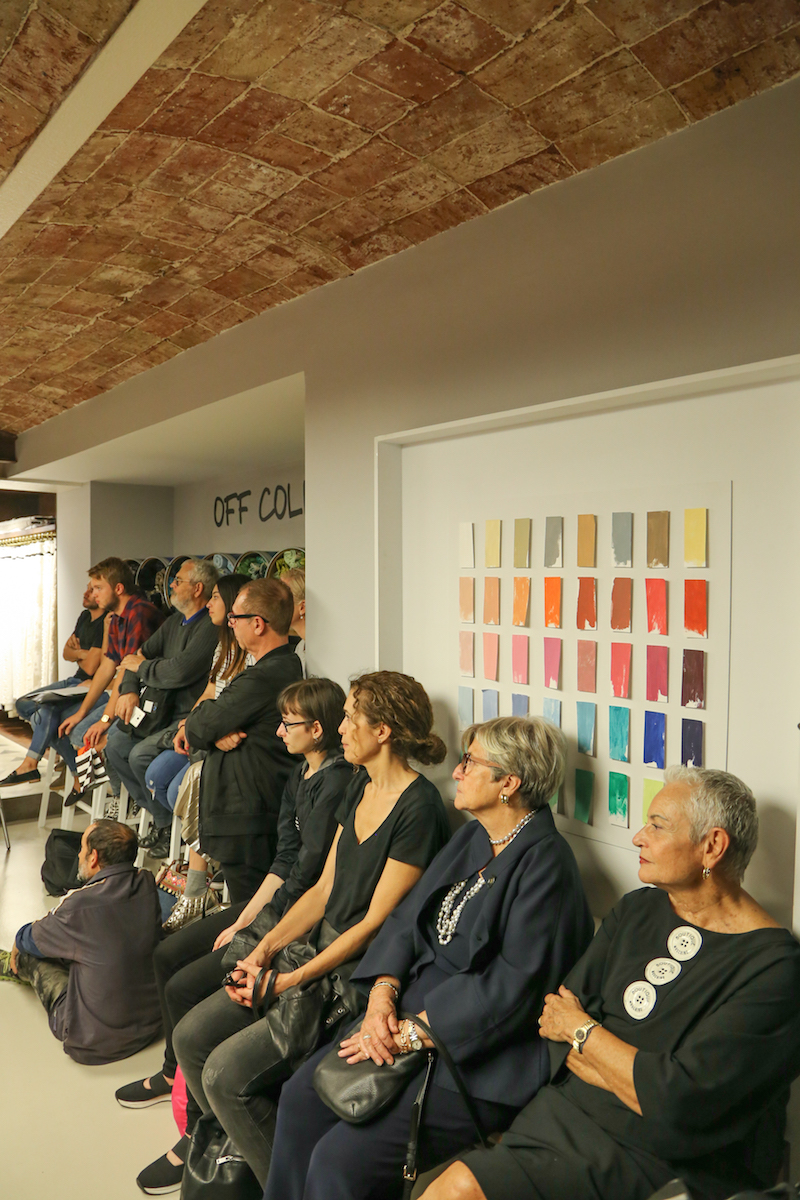 |
Why have you participated in the initiative Designers Fashion Experiences?
I like to support new designers as much as possible and these conferences seem to me a good reason for doing so. In addition the organization has given me a lot of confidence.
Andres Sarda has extensive professional experience which unites generations of the same family. What can you explain from your own experience?
Each person lives their own experience and it is always good to know it firsthand. In this day-session I have focused on the opportunities and also on some obstacles that I have had in my career.
I gather that your passion for design is inherited …
Not really, I never thought about dedicating myself to the world of design. I never chose this profession, but life led me to choose it .
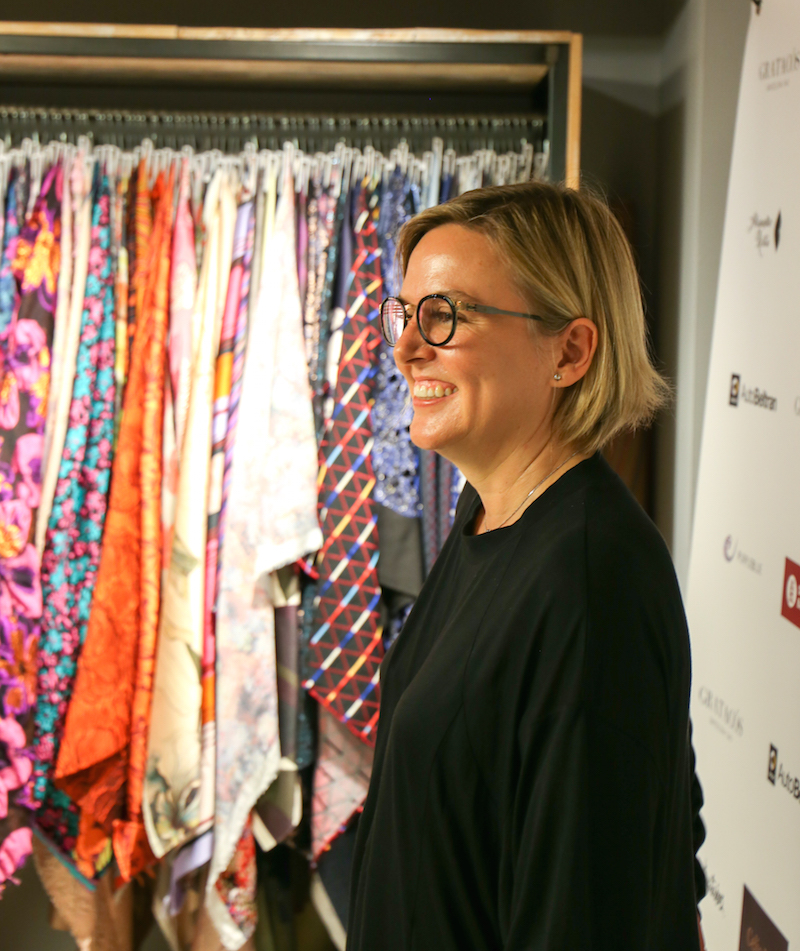
“I never chose this profession, but life led me to choose it “
If you could go back in time, would you go back to design?
Yes, it’s a very stressful, fun and changeable job. It allows you to meet interesting people and tour the world. My daily routine is not strictly routine and allows me to express all my creativity. It is also true that it is a world where you are very exposed and your creations are judged severely by the company, the business world and lastly the customers. In this sense if everything goes well it is fantastic, but you also suffer because in each collection you put head, heart and soul. And there are many hours of work!
What obstacles are there in the fashion industry?
More than obstacles, I would call it circumstances. The offer, the distribution, the customers and their motivations. In this sector everything changes very quickly. We companies have to adapt to changes and advance according to to market movements.
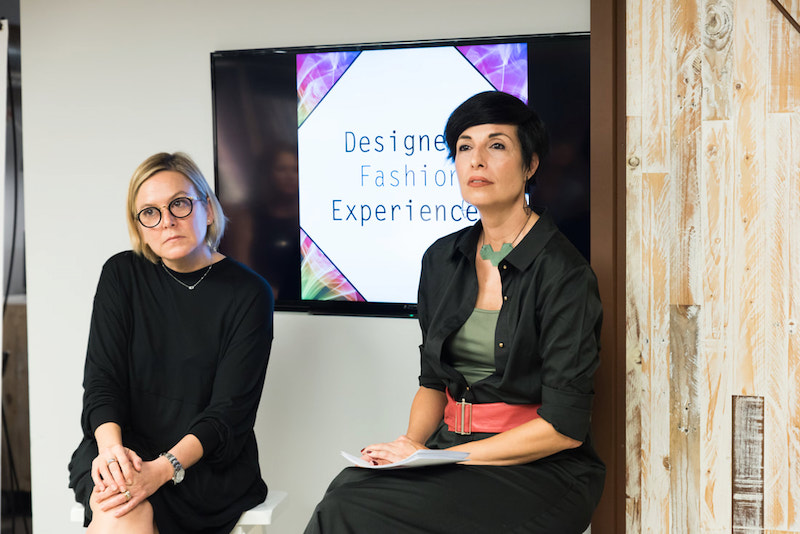
“In every collection you put head, heart and soul”
Then adaptation is a tool that ensures survival. Which would you most emphasise?
From my point of view you need to have your personality in the creations, the quality and the reliability of the product and the company. This has to be coupled with adaptation and evolution of market needs, as I said previously.
What do you recommend to future designers?
That they should do what they do, make sure that their work is always original and that they contribute some innovation. Let them follow their instinct and never give up.
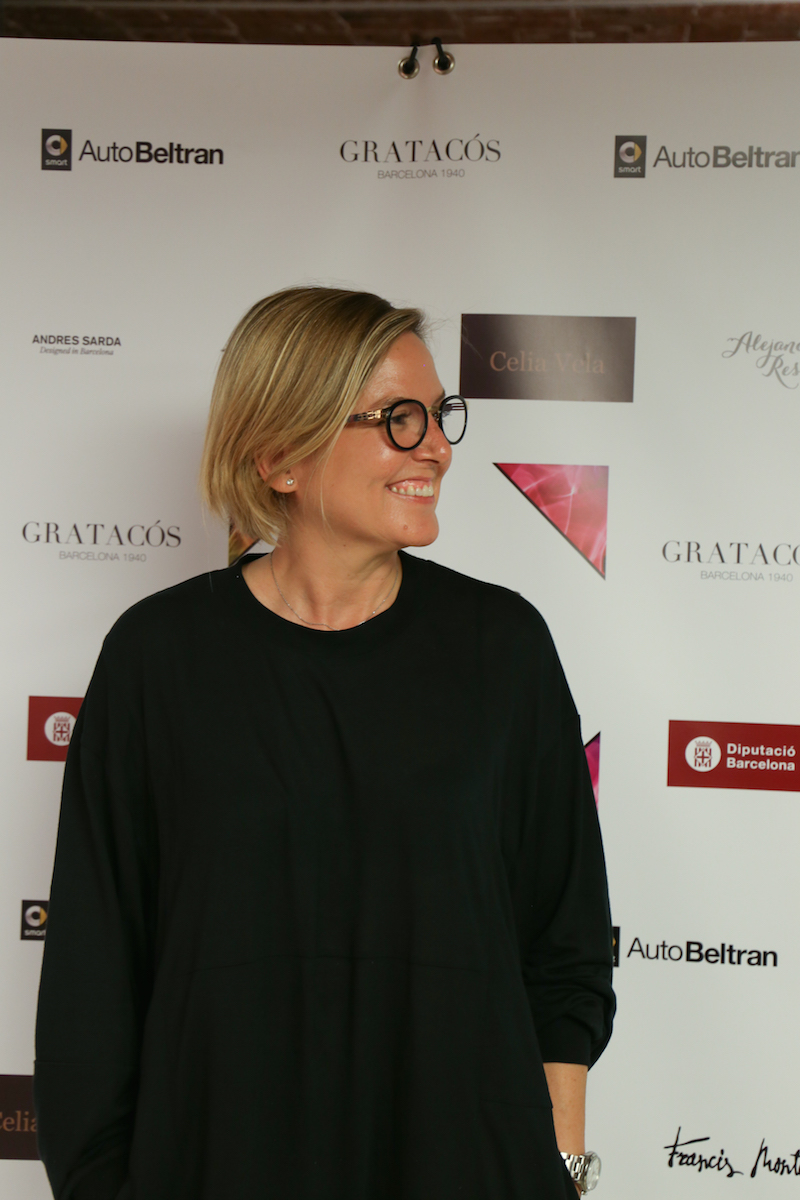
“We always have to look for excellence in everything we do”
Tips that might be a good leitmotiv…
Yes, we always have to look for excellence in everything we do.
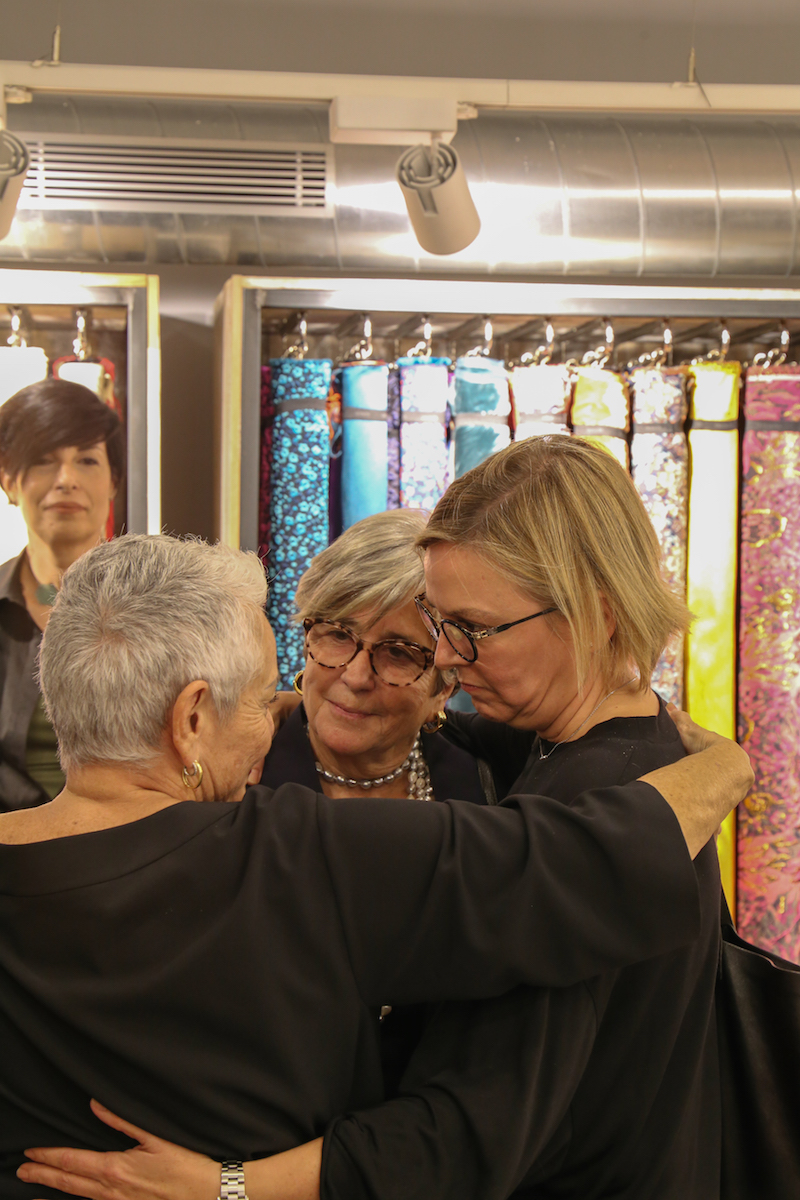 |
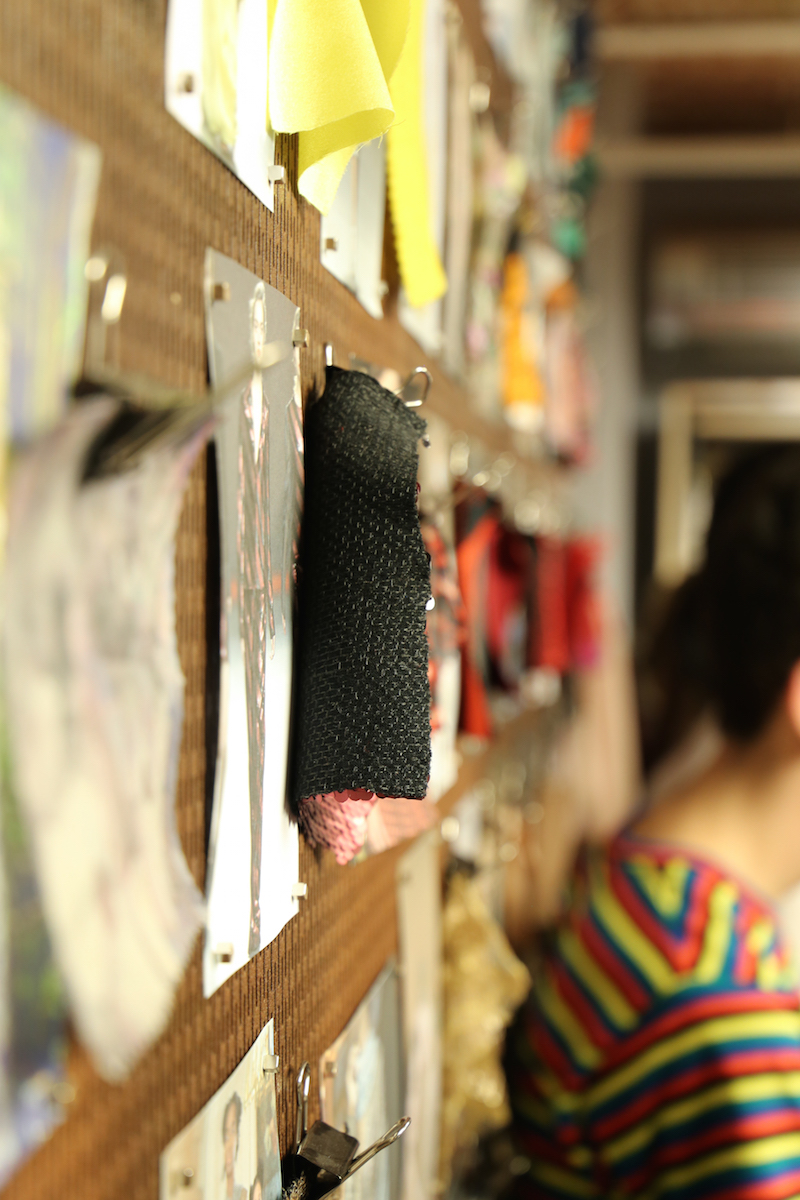 |
Designers Fashion Experiences: Alejandro Resta
Alone with… Olga Menchén
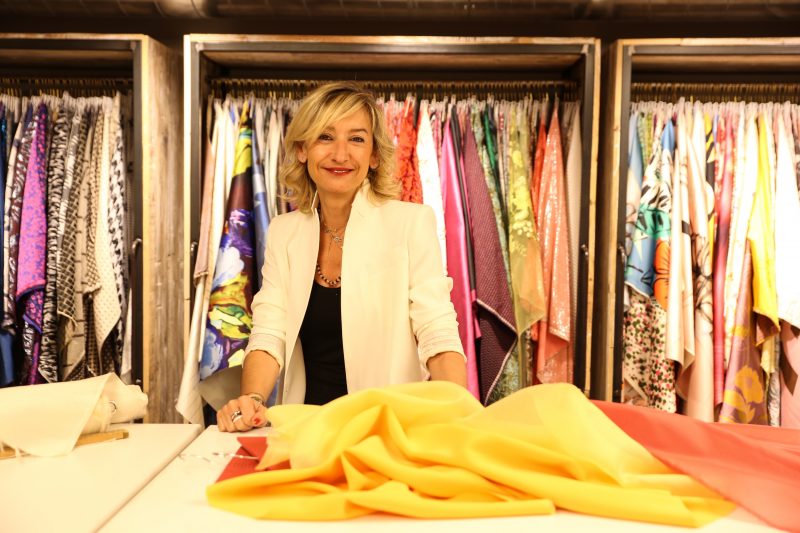
Olga Menchén has been at the head of the company Menchén Tomàs since 1995 designing, producing and putting together her own fashion collections “which dress women 24 hours a day”.The company is facing a year full of innovations with the launch of her online shop which will allow her to reach out to the international market, also by presenting her collections on the Madrid cat-walk, a fashion-date which according to the designer constitutes “the best shop-window for promotion of Spanish design”. We talked of challenges and opportunities in a year which promises to be full of hope…
How was your experience of Mercedes-Benz Fashion Week Madrid ? You had some initial nerves, but in the end everything turned out very well…
You always have nerves before a fashion-show, but in this case there was the added pressure of being a debutante on a new cat-walk. The result of the experience was revealing and I can sum it up for you with this sentence …Why didn’t you do it before ?
Why did you decide to go for the Madrid fashion-show ?
Particularly because of the repercussions which the shows have in the media. In Madrid they treated us very well. That is not to say that I’m unhappy with the way Esma Proyectos and all her team treat us in Barcelona, but I noticed a big difference in the coverage of the show in the press and the importance attached to the work of the designer.
“In Madrid there is more media coverage of the catwalk shows”
What didn’t you like about 080 Barcelona Fashion ? Why ?
The decision was an easy one and I was sad not to have done the Barcelona catwalk show, but here there is no real follow-up to the shows and the creative work of the designers is of secondary importance. Personally I don’t agree with the policy of promoting famous people who happen to be currently in favour and the celebrities who attend the shows getting an excessive coverage which eclipses everything else. It doesn’t seem logical to me that they should be more prominent than the designers themselves.
This circus that is organised around the catwalk shows results in fashion becoming perceived as something frivolous… What do you think ?
And fashion is certainly not frivolous ! Fashion is the mechanism that there is “back-stage”: people who work in it in order to get a collection onto the road, those who show passion for their job; it is that creativity and talent which is the life-blood of a company. No way is it frivolous !
“Fashion is the creativity and talent which is the life-blood of a company “
You have been in the job since 1995. What value do you give to this experience ?
I value it as providing an absolute passion towards my work, a passion for the job. If I could go back in time I have no doubt that I would wish to devote myself to it once again. I’m absolutely certain of
that !
How has Menchén Tomàs developed ?
In these last 22 years Menchén Tomàs has experienced many changes. Those I’ve noticed most have been in connection with the way in which the industry creates short-term needs and the manner in which they affect consumers. Previously people bought a designer-suit and they gave it a value. Currently the out-and-out consumer policies of low cost have killed off this concept and it seems that clothes have stopped being valuable.
“Previously people bought a designer-suit and gave it a value”
What is the key to organising every season your own prêt-à-porter, party and bridal collections ? How do you avoid getting lost with so many different productions ?
Menchén Tomàs began by specialising in bridal-wear and gradually we broadened the concept towards dressing women from morning until night. In this way we developed collections for the everyday and also for party clothes. Every area has a different type of clientèle and we can organise and manage it without losing the essence of the company.
How many people are currently working on the company’s team and what are your roles now ?
Everyone is professional and each of them has a specific job. The pattern-makers, the sales and design teams, the external cutting-workers… and I also have a daily feedback with the sales team, with those in charge of the shops throughout Spain in order to know what sells best or worst and to know the needs of the consumers.
What obstacles do you meet in the sector that maybe you didn’t meet previously ? Every day must be a survival experience…
Yes… we have survived everything: economic cycles, sector crises, ups-and- downs… It’s not easy, nor do we have any support, we are still here.
“We don't have any support, but we are still here “
What is your link with Gratacós ?
We’ve worked in parallel since we started. We’ve always worked very closely and every season they have surprises for me.
Why do they deserve your confidence ?
They’ve never let me down.
“Gratacós has never let me down”
What fabrics do you usually ask for ?
We’ve established a kind of game. Every season they tell me they have a surprise for me and after they’ve shown me some fabrics I ask : “ Where is my surprise ?” It’s then that they show me all the samples that I adore and I tell them to keep them for me – she smiles.
What other challenges are you giving yourself for 2017 ?
At the moment we’ve just finished setting up our shop online and it is our shop for everybody. We were able to see a demand for fabrics from other countries and now we will be able to supply them. Then I’ve got two projects in mind, but I’m not going to tell you about them until they take place. I prefer to keep it a secret !
Gratacós Questionnaire
Your essential garment…Jeans and a white shirt
A fetiche fabric… Cotton
A colour you could never give up… Red
A designer you admire… Azzedine Alaïa
An infallible style rule… That you wear the clothes, the clothes don’t wear you
Your favourite place in Barcelona… El Jardín del Taxi, near cerca Riera de San Miquel
A Word of advice for designers starting out… Follow your dreams
VYour ‘leit motiv’… Walk with me
